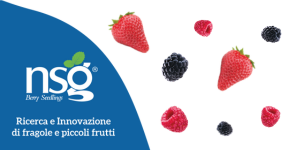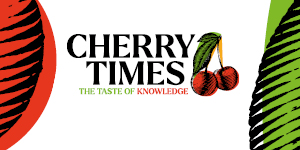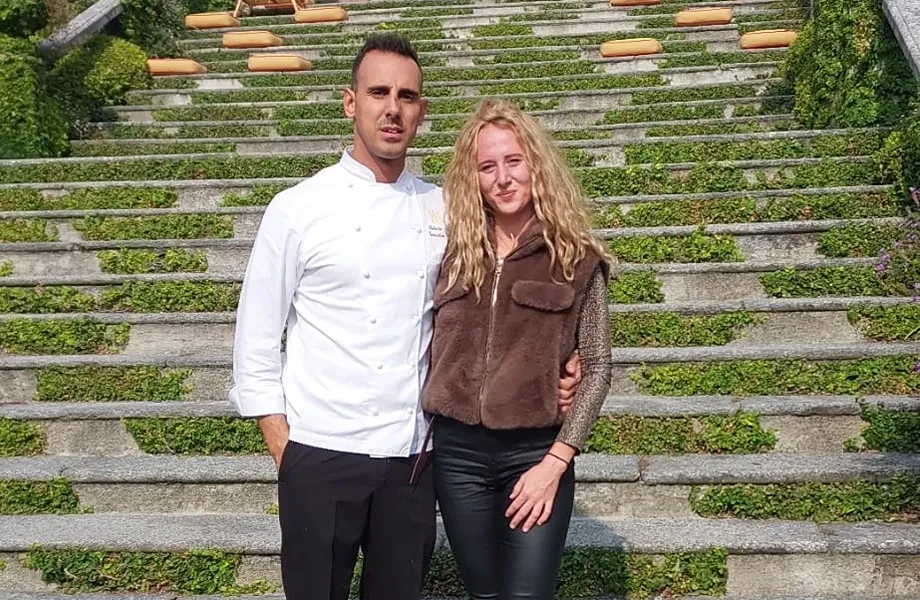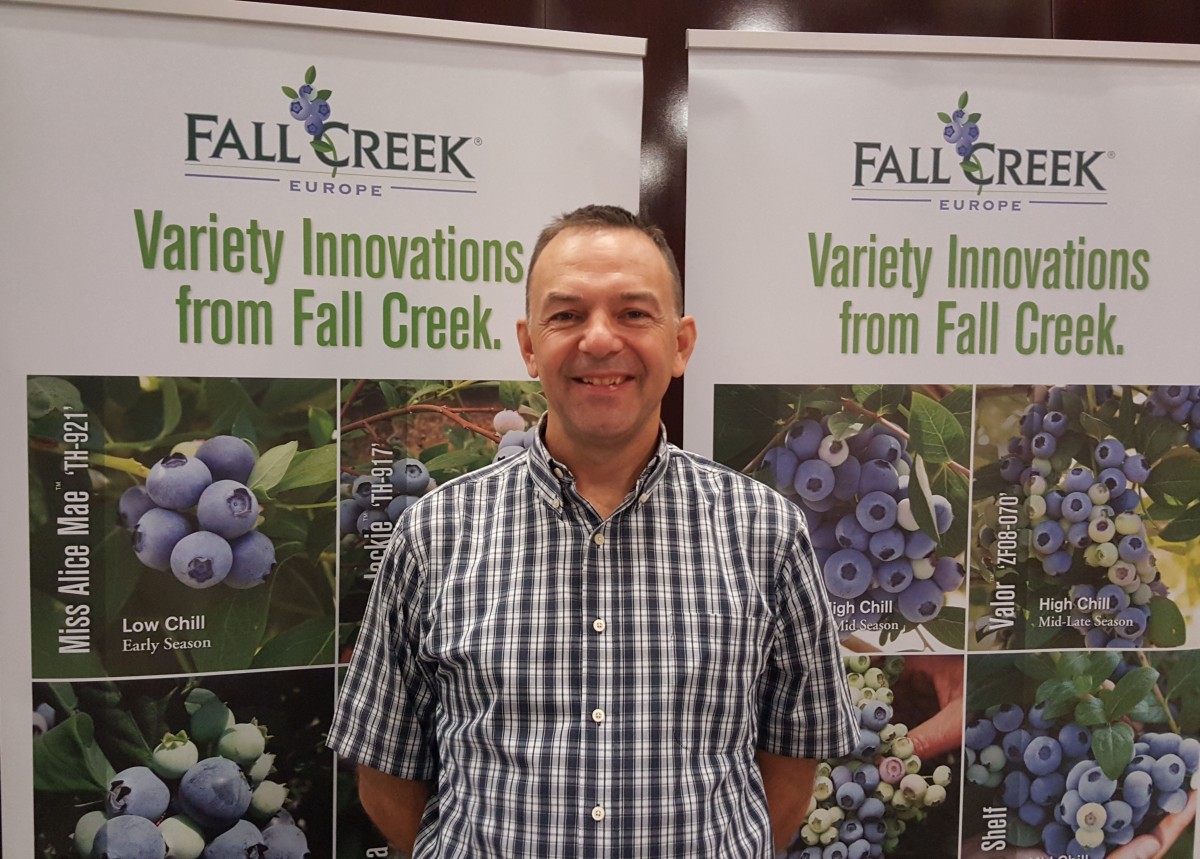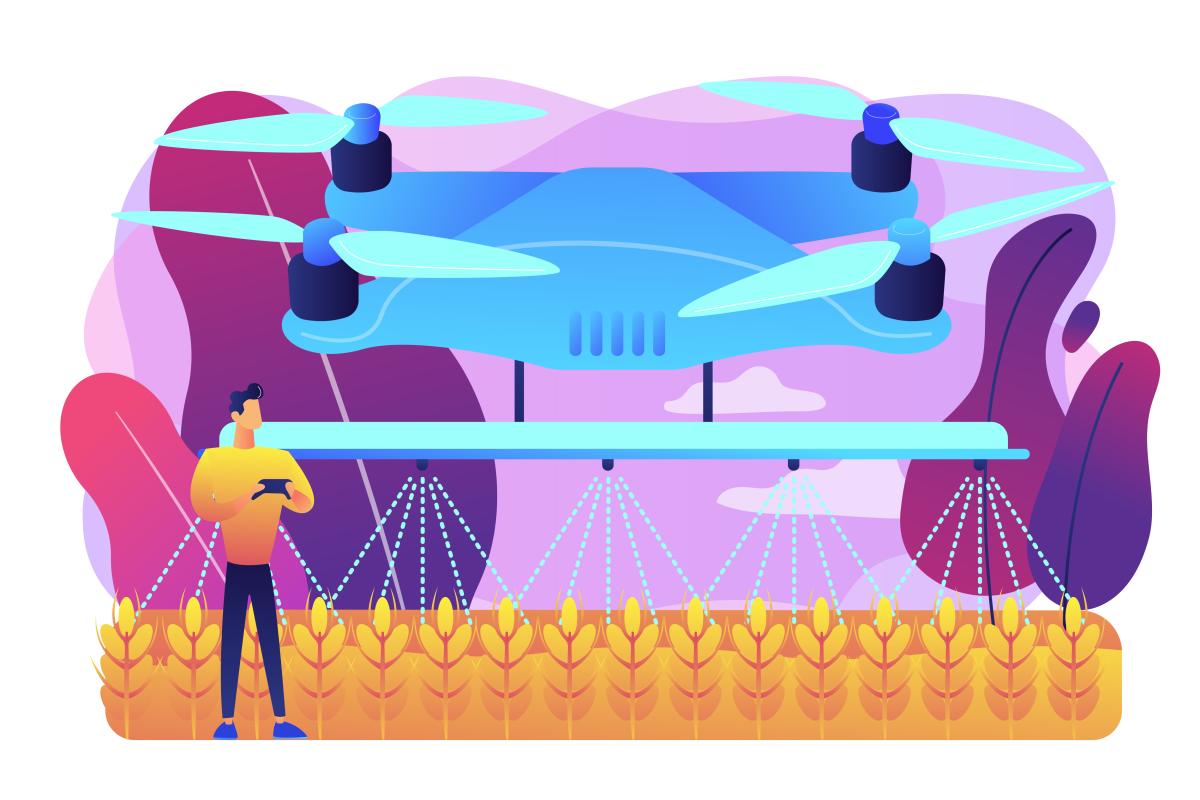Italian Berry exclusively interviewed Chiara Guffanti, who runs the company Il Piccolo Frutto di Chiara in Pellio Intelvi (Como) together with her father Antonio. The goal: to explore the strategies of a business that, while operating in a highly competitive environment, has chosen to focus on varietal specificity and premium distribution channels, ensuring top freshness and a strong local identity.
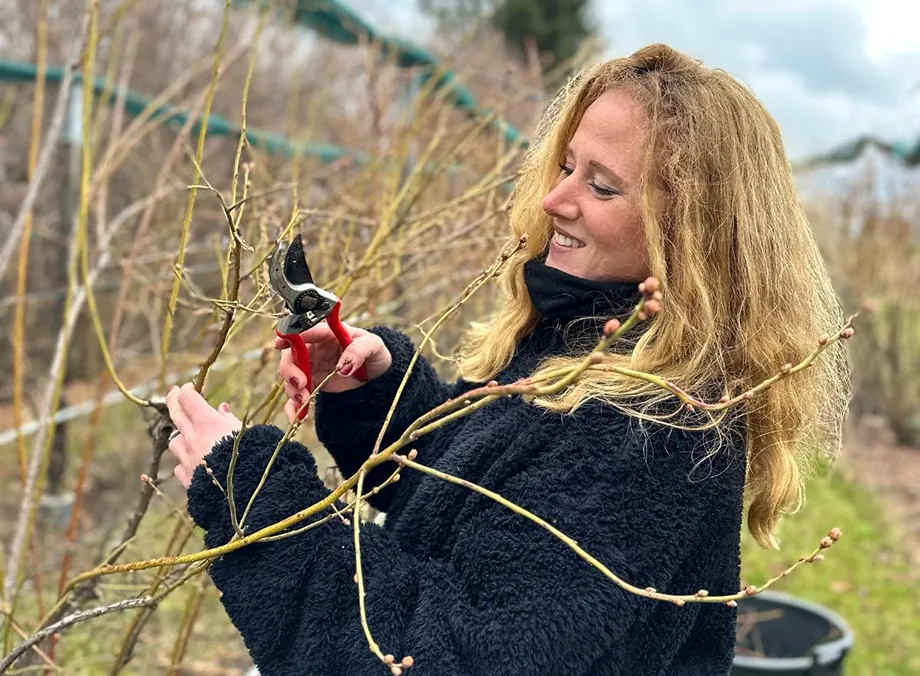
Your company operates in a very specific production context. What are the main features that distinguish you from other berry producers in Italy?
What makes us stand out is our focus on slightly unusual things — trying not to do what everyone else does, from many points of view. We operate in a complex climatic and geographical area, quite humid, with very cold winters. This forces us to make a strict varietal selection; if a plant doesn’t “hold up” well in the first few months, we notice it immediately.
This need for adaptation has led to specific varietal choices. What are you focusing on most right now?
Our attention is currently on the Haskap Berry (Siberian blueberry). We introduced this berry and have found that it adapts extremely well to our climate, with vigorous and rapid growth.
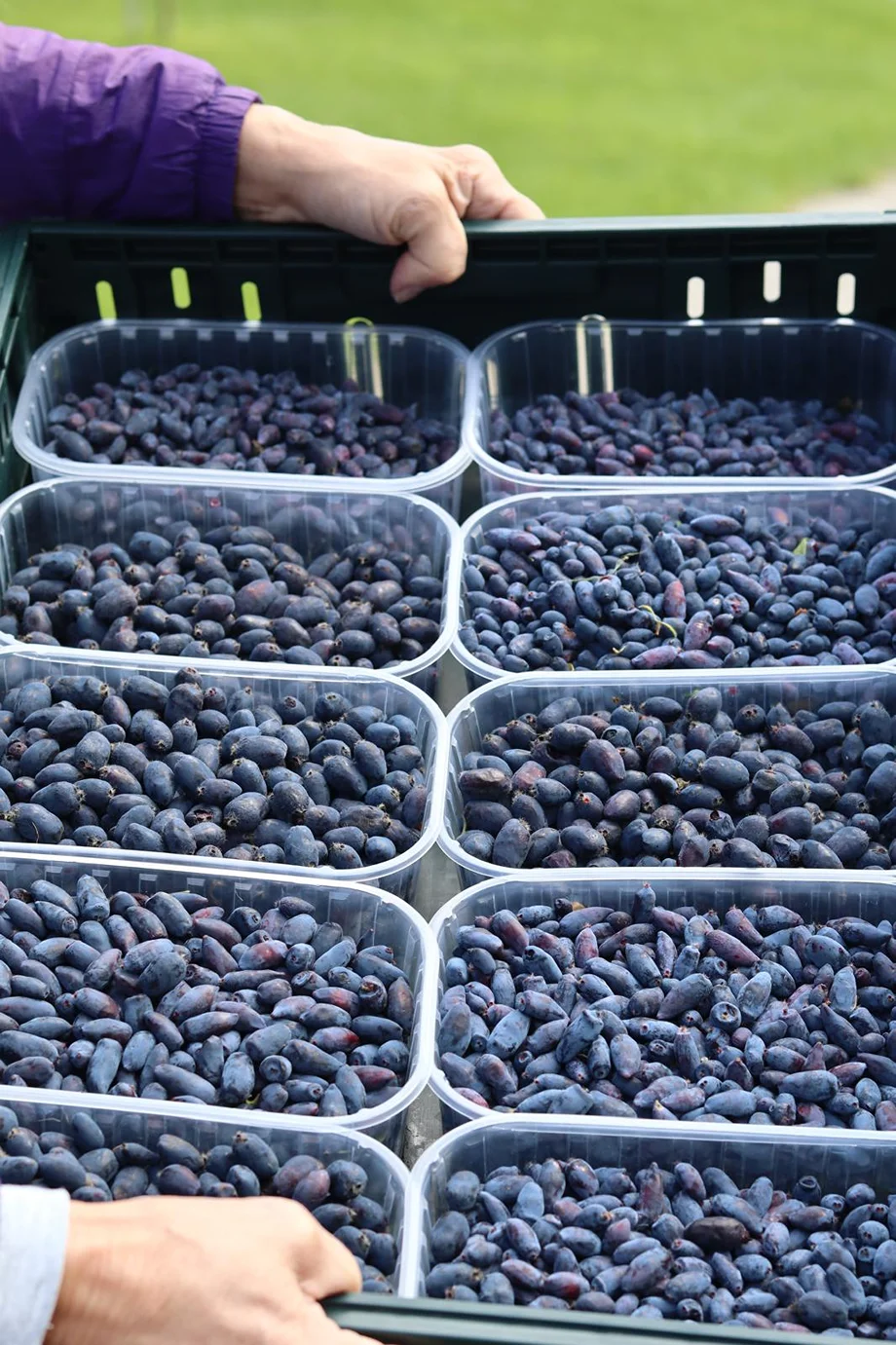 The Siberian blueberry grown by Chiara Guffanti
The Siberian blueberry grown by Chiara Guffanti
We are working to raise awareness of it in the Italian market because, although it is widely used in America and Scandinavian countries, 90% of Italian customers we introduced it to had never heard of it. At the moment, we grow about 150 plants, enough to make processed products.
As for raspberries, we’re focusing on research. We’ve identified the variety Easy Rock, which performed very well. However, our current challenge is to find a yellow raspberry variety that can tolerate the humidity in our area. We’ve conducted many trials with orange and yellow varieties, but they struggle to grow here. So, our main areas of innovation are yellow raspberries and Haskap.
You mentioned blueberries. Despite their popularity, it seems you have no plans to expand that cultivation. Is that correct?
Yes. The blueberry market, as strong as it is, is extremely competitive. We don’t plan to expand it. We currently have around 1,500 plants, with five different varieties, to identify which are most appreciated by our customers and have the best shelf life. We also manage a small experimental plot; after a couple of years, the varieties that don’t convince us are replaced.
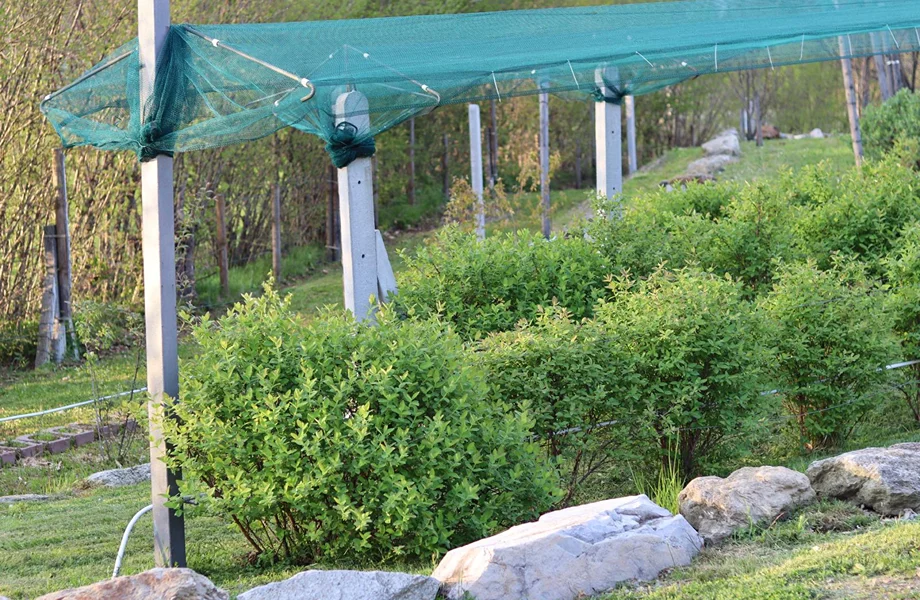
Your choice of distribution channels is quite specific. You’ve targeted a precise niche.
Exactly. Since we have a niche product and are located just 20 minutes from Lake Como, we’ve positioned our fresh fruit at a mid-to-high level.
We mainly supply fresh fruit to high-end hotels and restaurants around Lake Como. We chose this niche because these customers appreciate local products and are willing to pay a fair price. About 50% of our production is destined for this market segment.
Among your clients are Roberto Nese, Executive Chef at Passalacqua (considered the best hotel in the world), and Osvaldo Presazzi, student of the great Gualtiero Marchesi and Executive Chef at Grand Hotel Tremezzo. What logistical and quality standards are required to serve such a demanding clientele and maintain satisfaction, even in terms of price?
Freshness is essential. We deliver the product two or three times a week on average. For example, raspberries are harvested, chilled for a few hours, and then delivered almost immediately — they don’t stay in cold storage for even a full day.
This sets us apart from large-scale retail, where berries can spend days or even weeks in transit and on the shelves, losing quality.
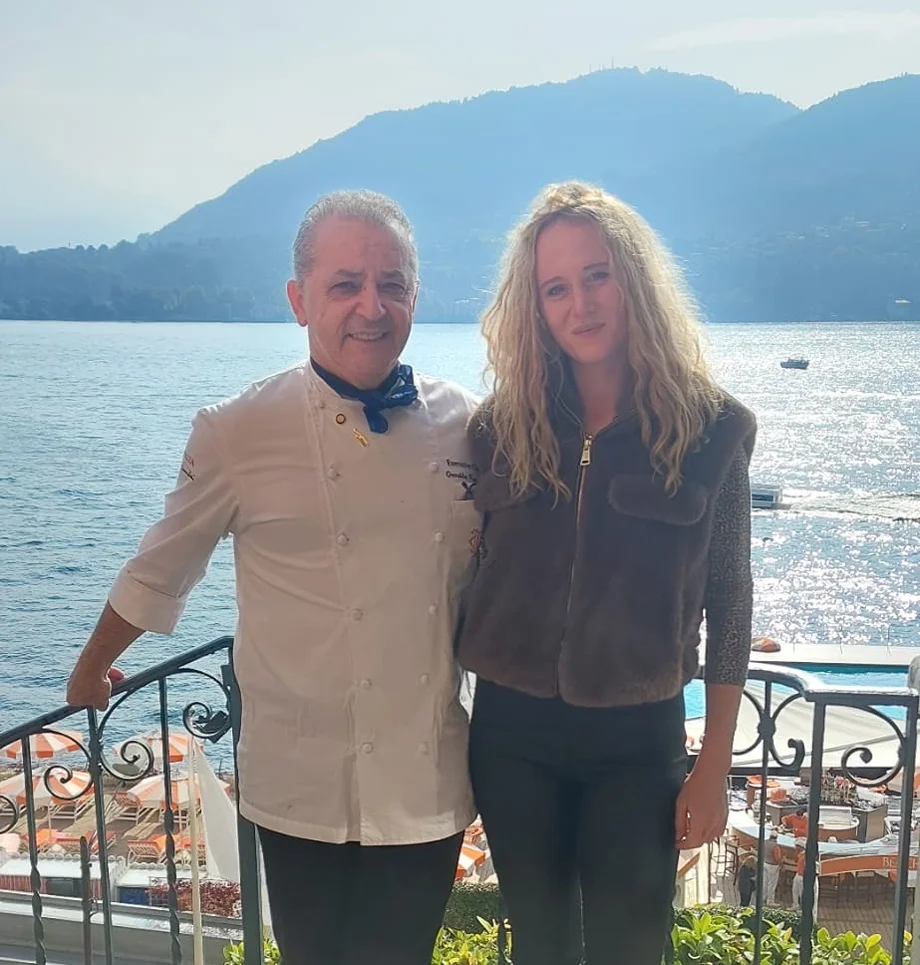 Chiara Guffanti with Osvaldo Presazzi, Executive Chef at Grand Hotel Tremezzo
Chiara Guffanti with Osvaldo Presazzi, Executive Chef at Grand Hotel Tremezzo
We also select varieties with outstanding flavor. Our berries are often served fresh, for example at breakfast, not just as decoration. So they must have excellent texture, flavor, and sweetness. Our “litmus test” is the fruit “naked and raw,” served naturally: if it’s not good like that, it’s not good enough.
Have you adopted any specific production standards, such as organic certification?
When we took over the business, it was certified organic, and we kept the certification for a couple of years. However, we later dropped it. That’s because our customers didn’t value it economically, and managing delicate crops like ours organically involves enormous production risks.
We currently follow an organic fertilization protocol, using certified products. However, in emergencies — for example, a sudden larva outbreak on raspberries — we don’t hesitate to use a chemical product to prevent losses, though that rarely happens. Organic products only work up to a certain point, especially in emergencies.
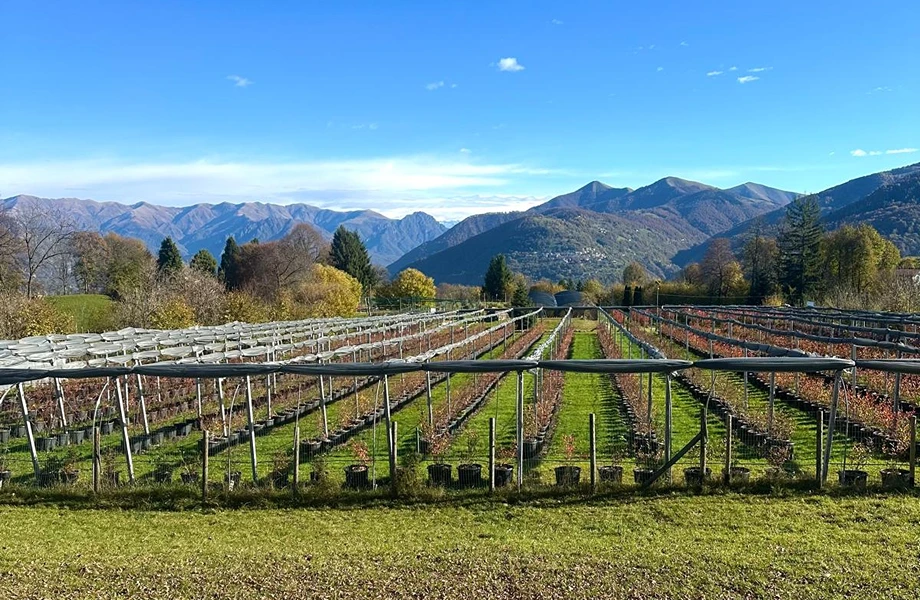
Moving to processed products, what strategic role do they play in your business?
Processed products account for about 50% of our total output. This is a strategic and marketing choice — not a way to use up unsold fresh fruit. The fresh fruit we have is easily sold.
The main goal of processing is to allow us to work year-round, preventing the business from stopping in August.
We’ve greatly expanded our product line, focusing on naturalness. Today, about 95% of our processed products are free from refined sugars, using for example apple juice as a sweetener.
We are also testing 100% fruit compotes (single-fruit), a more difficult process because the lack of sugar affects consistency and acidity, especially with raspberries.
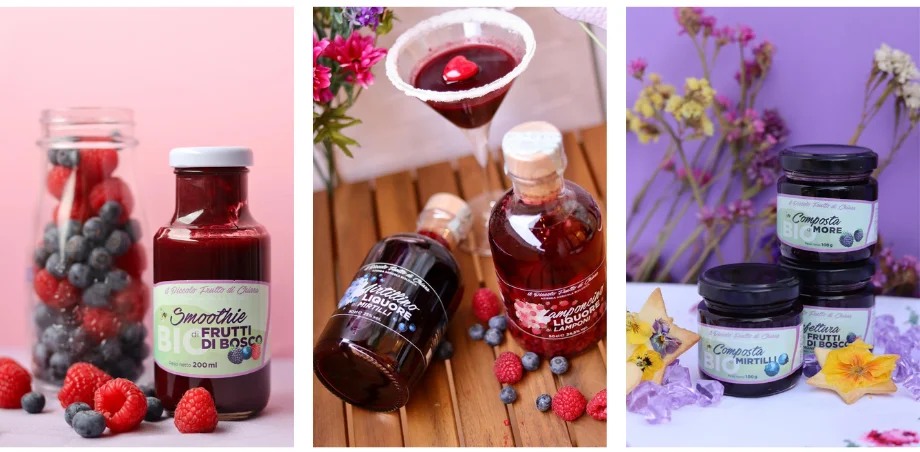
How do you manage the commercialization of processed products and sales outside your area?
We currently sell directly through our shop (open until the first cold weather) and home deliveries during winter. But we’ll soon be launching our online shop.
E-commerce has become essential, especially since we have restaurant clients outside the Como area. Having an online shop will also give more value to our social media presence, which we’ve used so far mainly for private customers.
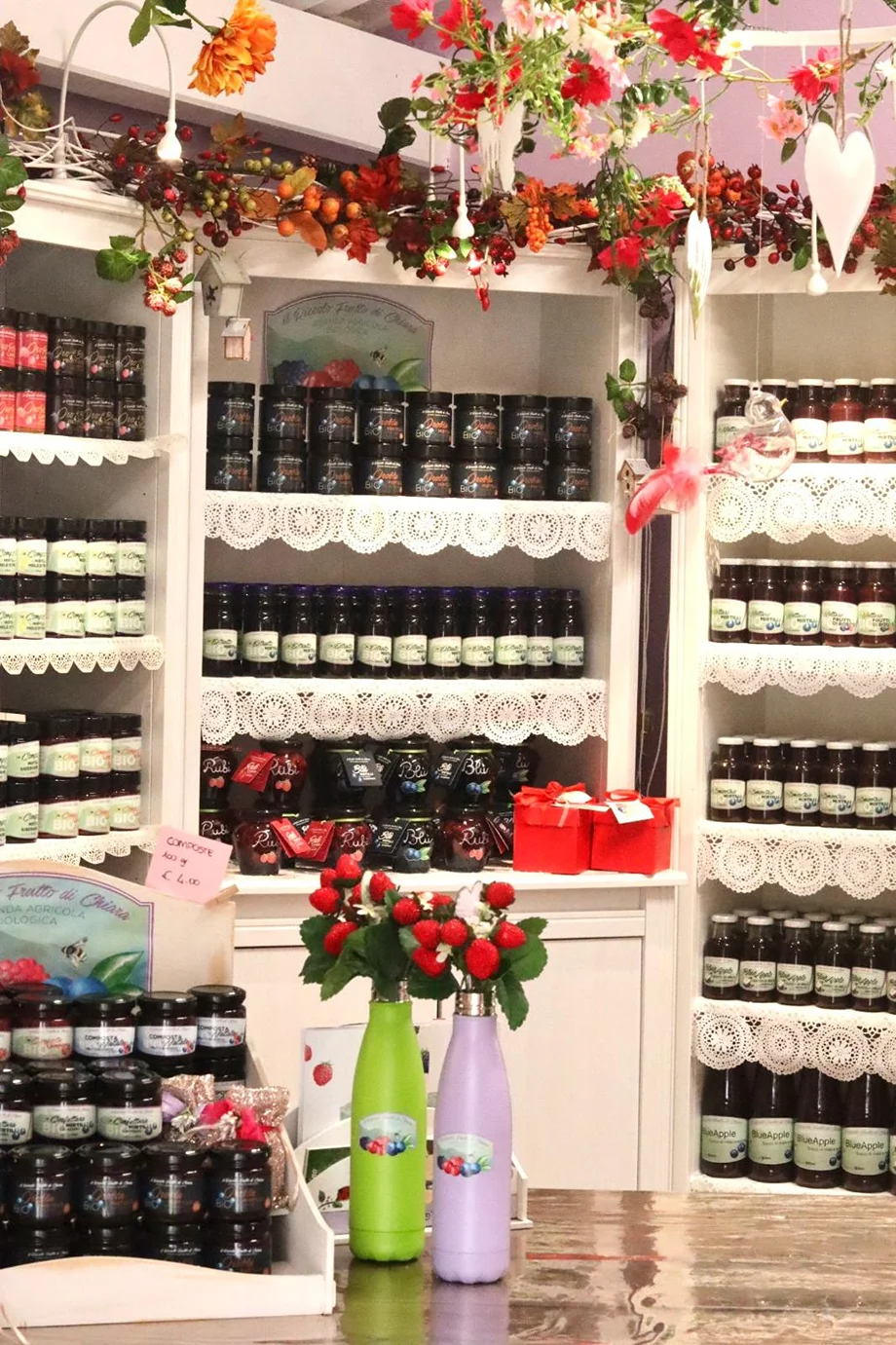
You place great emphasis on local products. Do you see consistent consumer appreciation for origin, or are Chilean and Moroccan competitors still strong?
Many customers, after tasting our product, say: “Now this is a real blueberry, not like the supermarket ones.” Yet, it’s the same people who, when our fruit is out of season, buy supermarket blueberries — even if they come from Chile or Morocco. It’s a regular consumption product that “must be” on the table.
However, there’s a share of consumers who follow seasonality and wait for our harvest. To make up for the winter gap, last year we noticed a strong trend among customers to stock up on our fresh blueberries and freeze them to enjoy year-round, avoiding imported fruit. Berries retain their nutritional properties even after freezing, and customers are very open to this strategy, which we actively recommend.
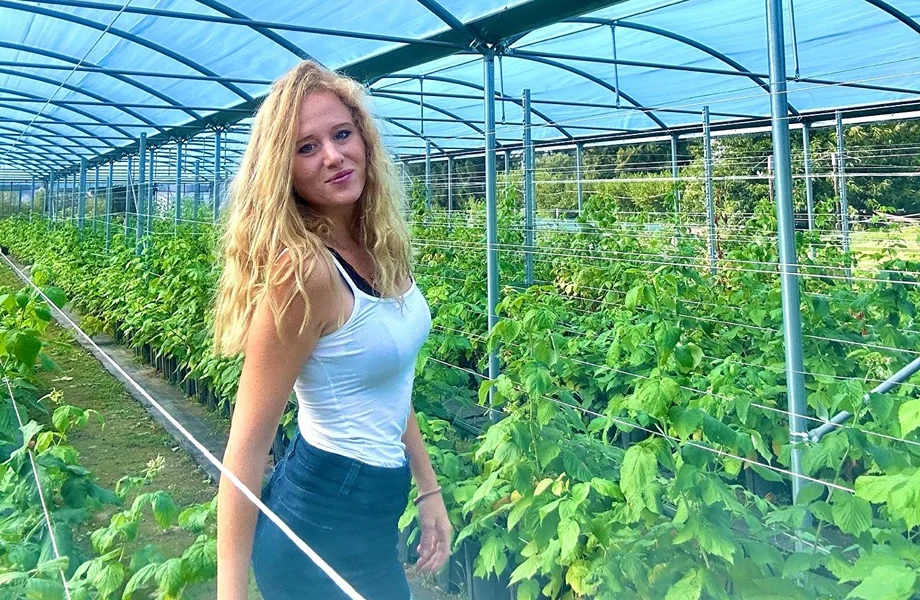
Finally, what are the biggest challenges a producer like you faces today?
There are many — sometimes you almost feel like giving up. The main issue is the climate. Our area is prone to hailstorms. Fortunately, new custom-built covers have helped a lot, reducing losses to around 5% or less, compared to the 80% we used to lose. Spring rains are also problematic, bringing mold that caused about 10% losses this year.
Then there are pests. Drosophila is the most feared. Fortunately, in our area, Popillia damage is still limited. Over time, you learn the trade secrets to keep even these problems under control.
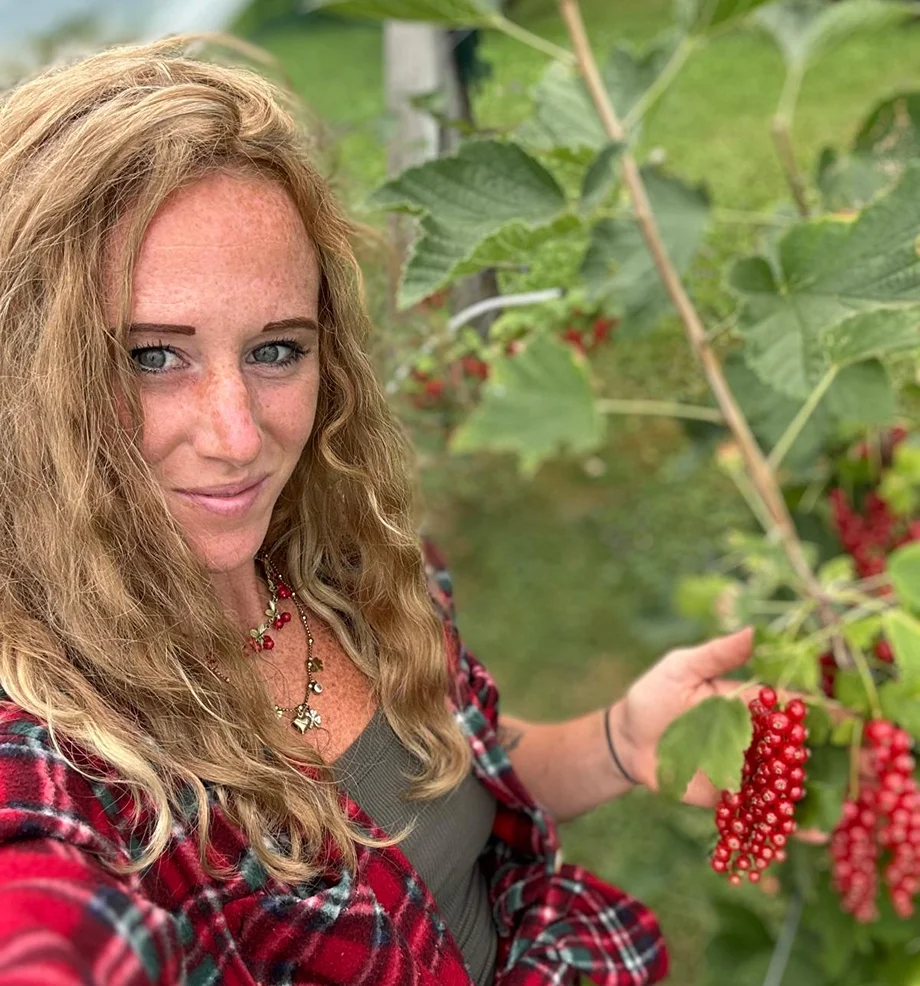
Cover photo: Chiara Guffanti with Roberto Nese, Executive Chef at Passalacqua




